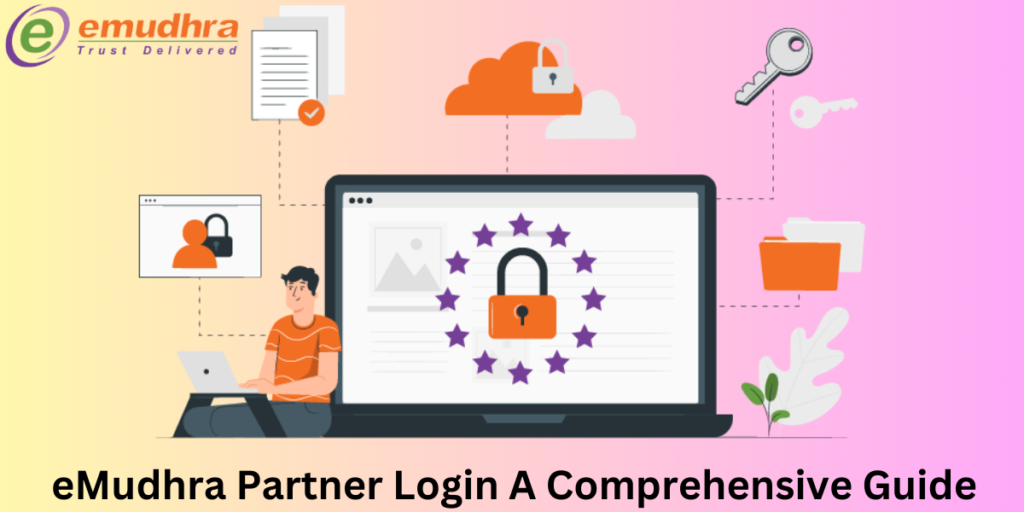In today’s digital age, data security is more crucial than ever. Organizations are handling vast amounts of sensitive information, making it imperative to protect this data from unauthorized access and potential breaches. The phrase “Your organization’s data cannot be pasted here” underscores the importance of maintaining robust data security protocols. This comprehensive guide explores the significance of data security, the potential risks of data breaches, and the best practices for safeguarding your organization’s data.
Also read:STRAY KIDS Bang Chan Net Worth Profile | Take Me Back To The Night We Met Lyrics
What does Your organization’s data cannot be pasted here” mean?
This message typically appears when a security setting prevents copying and pasting of sensitive or protected information within a specific environment, such as work applications or corporate email. It is designed to protect confidential data from being easily transferred to unauthorized locations.
The Importance of Data Security
Data security involves protecting your organization’s data from unauthorized access, alteration, destruction, or disclosure. Ensuring data security is essential for several reasons:
- Protecting Sensitive Information:
- Personal Data: Organizations often handle personal information of clients, employees, and stakeholders, which must be safeguarded to prevent identity theft and privacy breaches.
- Financial Data: Sensitive financial records, including transaction details and account information, are prime targets for cybercriminals.
- Maintaining Trust and Reputation:
- Client Confidence: Clients expect their data to be handled with the utmost care. Data breaches can severely damage an organization’s reputation and erode client trust.
- Business Relationships: Data security breaches can impact relationships with partners and stakeholders, affecting collaboration and business opportunities.
- Compliance with Regulations:
- Legal Requirements: Organizations are required to comply with data protection regulations such as GDPR, CCPA, and HIPAA. Non-compliance can result in hefty fines and legal repercussions.
- Industry Standards: Adhering to industry-specific standards ensures that your organization meets the necessary security measures.
- Preventing Financial Loss:
- Cost of Breaches: Data breaches can lead to significant financial losses due to legal fees, regulatory fines, and remediation costs.
- Operational Disruptions: Breaches can disrupt business operations, affecting productivity and revenue.
Potential Risks of Data Breaches
Understanding the risks associated with data breaches is crucial for developing effective security measures. Here are some common risks:
- Unauthorized Access:
- Hacking: Cybercriminals may exploit vulnerabilities to gain unauthorized access to sensitive data.
- Insider Threats: Employees or contractors with access to data may misuse it maliciously or negligently.
- Data Loss:
- Accidental Deletion: Data can be lost due to accidental deletion or system failures.
- Malware: Ransomware and other malicious software can corrupt or encrypt data, rendering it inaccessible.
- Data Theft:
- Phishing Attacks: Cybercriminals may use phishing tactics to trick individuals into divulging sensitive information.
- Data Breach: Unauthorized access to data repositories can result in data theft and exposure.
- Reputational Damage:
- Loss of Trust: Clients and partners may lose confidence in your organization’s ability to protect data.
- Negative Publicity: Media coverage of data breaches can damage your organization’s public image.
- Regulatory Penalties:
- Fines: Non-compliance with data protection regulations can lead to substantial fines.
- Legal Action: Organizations may face legal action from affected parties seeking compensation for damages.
Also read: San Francisco Giants vs Dodgers Match Player Stats | Recifest: A Celebration Of Creativity And Innovation
Best Practices for Data Security
To ensure that your organization’s data remains secure, consider implementing the following best practices:
- Data Encryption:
- Encrypt Sensitive Data: Use encryption to protect data both at rest and in transit. This ensures that even if data is intercepted or accessed, it remains unreadable without the proper decryption key.
- Secure Communication: Use secure protocols like HTTPS and TLS for data transmission to prevent eavesdropping and interception.
- Access Controls:
- Restrict Access: Implement strict access controls to ensure that only authorized individuals have access to sensitive data. Use role-based access control (RBAC) to manage permissions.
- Authentication Mechanisms: Employ multi-factor authentication (MFA) to enhance security and verify user identities.
- Regular Audits and Monitoring:
- Conduct Security Audits: Regularly audit your organization’s security practices and infrastructure to identify and address vulnerabilities.
- Monitor Systems: Implement continuous monitoring to detect and respond to suspicious activity and potential threats in real-time.
- Data Backup and Recovery:
- Regular Backups: Perform regular backups of critical data to ensure that it can be restored in case of loss or corruption.
- Disaster Recovery Plan: Develop and test a disaster recovery plan to ensure thatYour Organization’s Data can quickly recover from data breaches or other emergencies.
- Employee Training:
- Security Awareness: Provide ongoing training to employees on data security best practices, phishing prevention, and safe handling of sensitive information.
- Incident Response: Train staff on how to respond to security incidents and report suspicious activity promptly.
- Secure IT Infrastructure:
- Patch Management: Regularly update and patch software and systems to address known vulnerabilities and security flaws.
- Firewalls and Antivirus: Use firewalls, antivirus software, and other security tools to protect against malware and unauthorized access.
- Data Minimization:
- Limit Data Collection: Collect only the data necessary for business operations to minimize exposure in case of a breach.
- Data Retention Policies: Implement policies for data retention and disposal to ensure that outdated or unnecessary data is securely deleted.
Implementing a Data Security Strategy

To effectively protect your organization’s data, it is essential to develop and implement a comprehensive data security strategy. This involves:
- Assessing Risks:
- Risk Assessment: Identify potential risks and vulnerabilities specific to your organization and industry.
- Impact Analysis: Evaluate the potential impact of data breaches on your organization’s operations and reputation.
- Developing Policies and Procedures:
- Data Security Policies: Establish clear policies for data protection, access control, and incident response.
- Compliance Procedures: Ensure that your organization’s practices comply with relevant regulations and standards.
- Engaging with Experts:
- Consult with Professionals: Engage with data security experts and consultants to develop and implement robust security measures.
- Legal and Compliance Advisors: Consult with legal and compliance advisors to ensure that your organization meets regulatory requirements.
- Continuous Improvement:
- Review and Update: Regularly review and update your data security practices and policies to adapt to evolving threats and technologies.
- Feedback and Improvement: Solicit feedback from employees and stakeholders to identify areas for improvement and enhance security measures.
Also read: 20M Khosla 30mWiggersTechCrunch | Filing Berkshire Hathaway one97 260Msinghtechcrunch
Conclusion
“Your organization’s data cannot be pasted here” is more than a security measure; it represents a commitment to protecting sensitive information from unauthorized access and potential breaches. By understanding the importance of data security, recognizing the risks associated with data breaches, and implementing best practices, your.organization can safeguard its data and maintain trust with clients, partners, and stakeholders. Prioritizing data security not only protects your .organization from financial and reputational damage but also ensures compliance with regulations and promotes overall operational integrity. Embrace a proactive approach to data security and make it a cornerstone of your .organizational strategy.
FAQ: Your Organization’s Data Cannot Be Pasted Here
Q1: What should be included in a data security policy?
A10: A data security policy should cover guidelines on data access, protection measures, incident response, compliance requirements, employee responsibilities, and procedures for regular security audits.
Q2: Why is data security important for organizations?
A2: Data security is crucial because it protects sensitive information from unauthorized access, data breaches, and cyberattacks. This helps maintain client trust, comply with regulations, and prevent financial and reputational damage.
Q3: What are the risks associated with data breaches?
A3: Risks include unauthorized access, data theft, financial loss, legal penalties, operational disruptions, and severe damage to an organization’s reputation and client trust.
Q4: How can my organization improve data security?
A4: Improving data security involves implementing encryption, strict access controls, regular audits, employee training, and secure IT infrastructure. A strong data security strategy includes assessing risks, developing policies, and ensuring compliance with regulations.
Q5: How does data encryption help protect data?
A5: Data encryption converts data into an unreadable format, making it accessible only to authorized users with the decryption key. This ensures that even if data is intercepted, it cannot be easily read or used.






